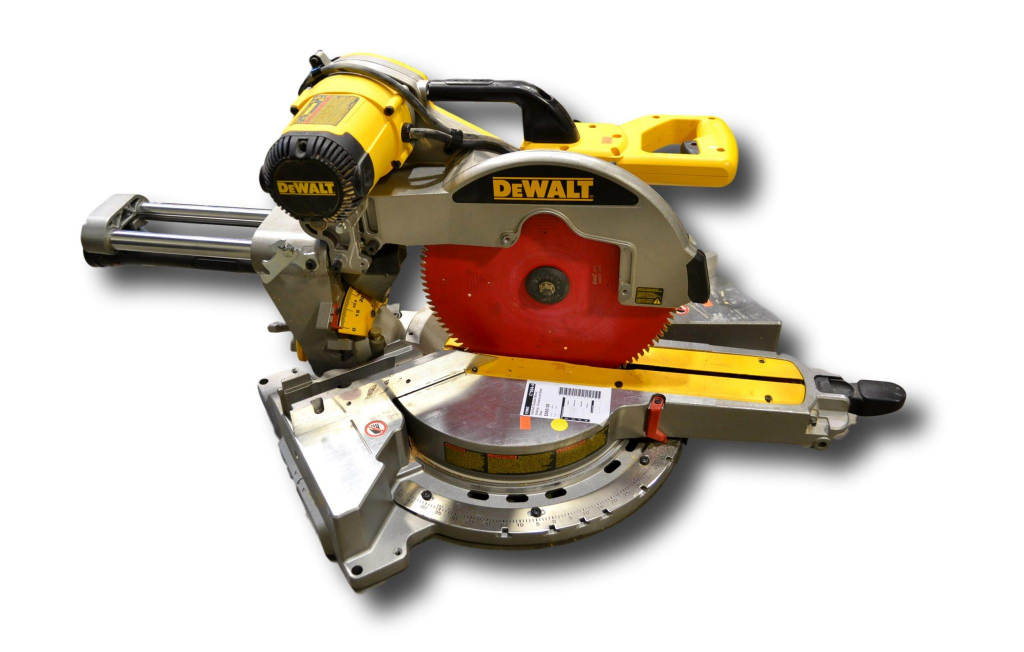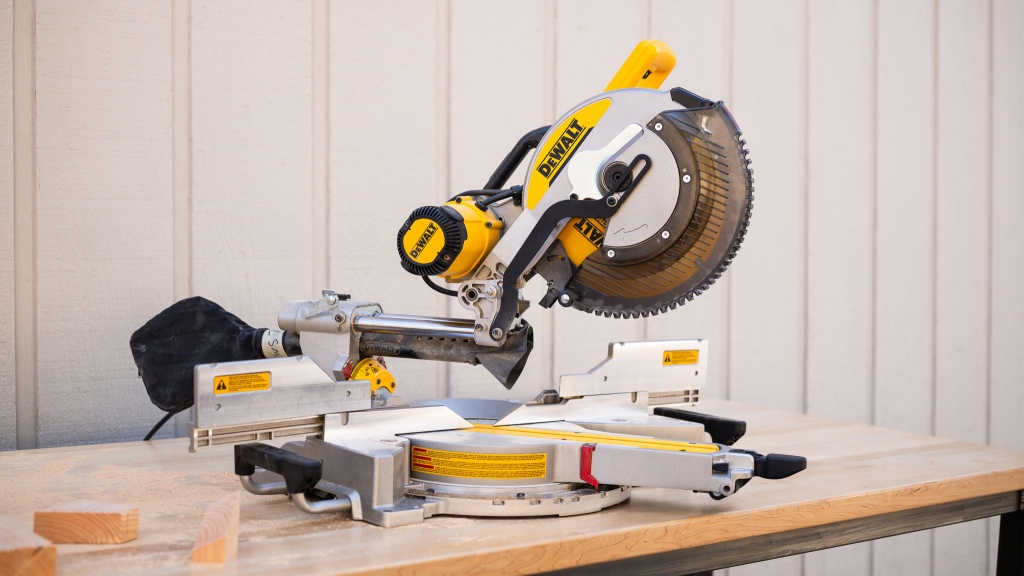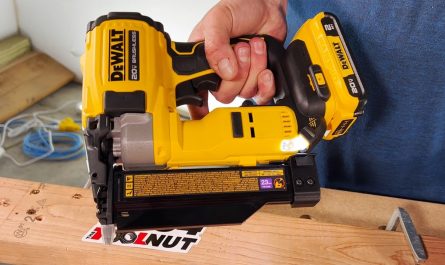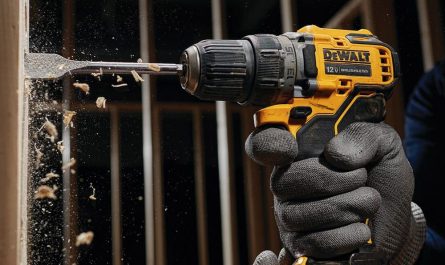In the world of woodworking, accuracy is everything—especially when it comes to creating clean, precise cuts for framing, trim work, furniture, and cabinetry. That’s where the miter saw shines. Known for its ability to make accurate crosscuts and angled cuts with ease, the miter saw has become an essential piece of equipment in both professional woodworking shops and home workshops alike.
This article explores the history, types, technical features, and common uses of the miter saw in carpentry. You’ll also find practical advice on choosing the right model and maintaining it for long-lasting precision and performance.
History and Evolution of the Miter Saw
Before the invention of electric-powered saws, angled cuts were made using miter boxes and hand saws. While effective, this process was slow and limited in accuracy. As power tools evolved in the 20th century, the miter saw was introduced as a motorized solution to handle angled cuts faster and more precisely.
Early miter saws were basic crosscut machines. Over the decades, manufacturers improved them by adding pivoting arms, sliding rails, compound angle capabilities, and laser or LED guides. Modern miter saws now offer a combination of power, portability, and precision that makes them a go-to tool for everything from basic carpentry to detailed finish work.
Types of Miter Saws and Their Applications
1. Standard Miter Saw

Description and Use:
A basic miter saw is a fundamental and highly useful tool in woodworking, especially when it comes to making precise 90° and angled crosscuts. It’s commonly used for cutting framing lumber, molding, trim, and other pieces that require accurate, repeatable angled cuts. This type of saw is ideal for carpenters, woodworkers, and DIY enthusiasts working on projects such as picture frames, door casings, baseboards, or furniture components.
Lightweight and easy to operate, a basic miter saw typically features a pivoting saw head that allows the blade to rotate left or right for making angled cuts. While it lacks the sliding and compound features found in more advanced models, it excels at quick, consistent cuts at fixed angles. This makes it especially useful for repetitive work where precision is more important than cutting capacity.
The saw’s simplicity and accuracy make it a popular choice for beginners and professionals alike. It’s also relatively compact, making it easy to store and transport between job sites. For anyone needing reliable performance for standard miter cuts without the complexity of advanced features, a basic miter saw is an efficient and cost-effective solution that delivers dependable results every time.
Technical Characteristics:
- Fixed blade arm (no beveling).
- Angled miter cuts typically up to 45° left and right.
- Blade sizes: Commonly 210mm (8″) or 254mm (10″).
- Simple miter gauge and fence.
Price Range: €100 to €200
2. Compound Miter Saw

Description and Use:
A compound miter saw builds on the capabilities of a basic miter saw by adding the ability to tilt the blade, allowing for bevel cuts in addition to standard miter cuts. This dual functionality enables users to make compound cuts—both a miter and a bevel at the same time—which is essential for more complex woodworking tasks. It’s especially useful for projects involving crown molding, intricate trim work, angled joinery, and furniture components that require precision on multiple planes.
The saw head on a compound miter saw can tilt to the left, or in some models, both left and right, making it easier to cut bevels without flipping the workpiece. This not only saves time but also ensures more accurate and consistent results. The miter base allows for angled crosscuts, while the tilting blade adds a vertical dimension to the cut.
Compound miter saws often include positive stops for common angles, laser guides for better alignment, and adjustable fences for enhanced stability. Though slightly more complex and heavier than a basic miter saw, the added versatility makes it a valuable upgrade for serious woodworkers and professionals. For detailed trim, cabinetry, and framing with angled joints, a compound miter saw is the ideal choice.
Technical Characteristics:
- Single or dual-bevel (tilts one or both directions).
- Powerful motor (typically 1200W to 1800W).
- Adjustable bevel angle (up to 45°).
- Laser guides in some models for better accuracy.
Price Range: €180 to €350
3. Sliding Compound Miter Saw

Description and Use:
The sliding compound miter saw is the most versatile and capable model in the miter saw family. It combines all the features of a standard compound miter saw—miter and bevel cutting—with the addition of sliding rails that allow the saw head to move forward and backward. This sliding motion significantly increases the cutting capacity, making it ideal for working with wider boards and larger structural materials.
Perfect for carpenters, woodworkers, and contractors, the sliding compound miter saw handles everything from framing lumber and wide baseboards to hardwood flooring and crown molding. Its ability to make both compound cuts and handle larger stock in a single pass makes it a top choice for complex and high-volume projects.
Many models feature dual bevel capability (tilting the blade both left and right), positive angle stops, depth stops, and laser or LED cutting guides for enhanced precision. Despite being heavier and more expensive than basic or non-sliding versions, the sliding compound miter saw’s expanded range and cutting flexibility make it a worthwhile investment for serious users.
Whether you’re building furniture, installing trim, or tackling renovation work, this saw offers unmatched versatility, efficiency, and cutting power for nearly any woodworking or construction task.
Technical Characteristics:
- Sliding arm system allows horizontal blade travel.
- Dual-bevel and compound cut capability.
- Large cutting capacity (up to 300mm or more).
- Dust collection port for cleaner workspaces.
Price Range: €250 to €700+
Common Applications in Carpentry
- Trim and Molding: Clean angle cuts for baseboards, crown molding, and door casings.
- Framing: Quick and accurate cuts for studs, rafters, and beams.
- Furniture Making: Perfect for making joints and angled cuts in legs, braces, and supports.
- Flooring Installation: Easily cut laminate, hardwood, or engineered flooring to length and angle.
- Picture Frames and Panels: Precision cutting of corners for a professional finish.
The miter saw saves time and increases accuracy, especially when making repetitive cuts at the same angle.
Tips for Safe and Effective Use
How to Use a Miter Saw Properly:
- Secure your material: Use a clamp or your hand (away from the blade) to hold the workpiece against the fence.
- Wait for full speed: Let the blade reach maximum speed before cutting.
- Cut slowly and steadily: Apply gentle downward pressure to avoid splintering.
- Use the right blade: Choose a fine-tooth blade for finish cuts or a coarse blade for framing.
- Check your angles: Use a protractor or digital angle finder for precision work.
Safety Gear:
- Safety glasses or face shield
- Hearing protection
- Dust mask or extractor
- Avoid loose clothing or gloves around spinning blades
Maintenance Tips
- Keep the blade sharp: A dull blade causes tear-out and burns the wood.
- Clean regularly: Remove sawdust and pitch buildup from the blade and housing.
- Check the fence and angles: Ensure alignment for accurate cuts.
- Lubricate moving parts: Keep slides, bevel, and miter joints smooth.
- Inspect power cord and switch: Ensure they’re in good working condition.
Routine checks and cleanups extend your saw’s lifespan and maintain cutting precision.
Conclusion: The Importance of a Miter Saw in Your Workshop (200 words)
The miter saw is a cornerstone of modern carpentry, offering a powerful combination of speed, precision, and versatility. It’s an essential tool for making accurate crosscuts, angled bevels, and complex compound cuts with ease. Whether you’re trimming baseboards, framing a structure, or crafting custom furniture, a miter saw delivers clean, consistent results that elevate the quality and professionalism of your work.
Understanding the different types—basic, compound, and sliding compound—helps you choose the right model for your specific needs. A basic miter saw is perfect for straightforward angled cuts, while a compound miter saw adds beveling capability for more intricate work. The sliding compound miter saw, with its extended reach, is ideal for cutting wider boards and handling larger materials.
To get the most from your miter saw, it’s important to use proper cutting techniques, keep the blade sharp, and maintain the tool regularly. Safety features like blade guards, secure clamping, and protective gear are also key to safe operation.
In the end, a well-maintained and properly used miter saw becomes more than just a tool—it becomes a trusted companion in your workshop. With it, your projects are faster, cleaner, and more precise, making it a must-have for any serious woodworker or carpenter.



